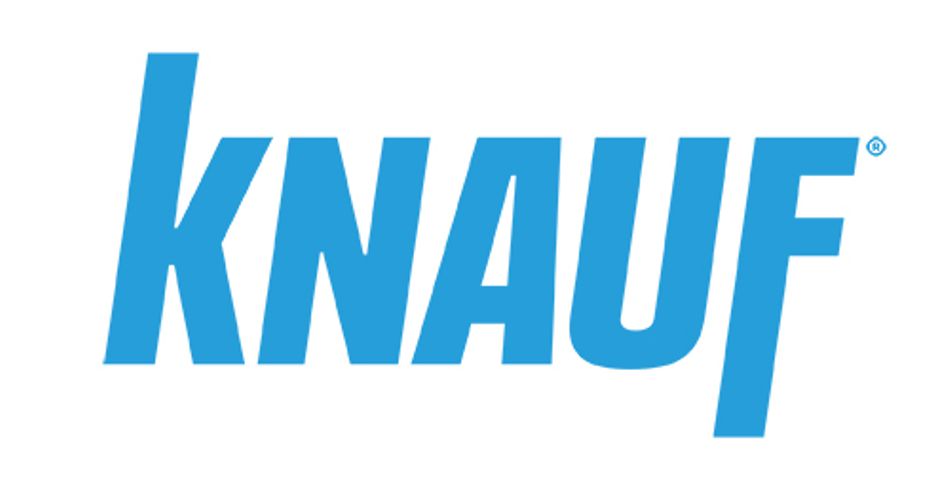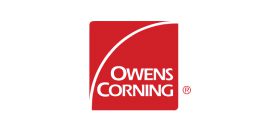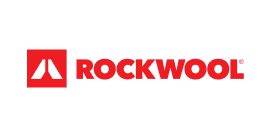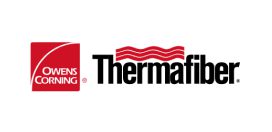When choosing an insulation product, it’s important to understand that there’s no such thing as a “superior insulator.” According to the Building Sciences Corporation, all types of insulation perform equally well when properly installed and air sealed.1 Still, there are several factors to consider when comparing insulation types.
Thermal Performance
- Maximize your R-value per dollar. Given the fact that all insulators are equal when properly installed and air sealed, the goal is to maximize the R-value you achieve for the dollar you spend. You may see a product that claims to be a “superior insulator” because it achieves a higher R-value per inch of insulation, but all products with the same R-value can insulate equally well. So aim to get the most R-value for your budget in your chosen insulation material.
- Aim for minimal air filtration. According to the NAHB (National Association of Home Builders) Research Center and several other independent tests, when fiber glass insulation and mineral wool insulation are paired with standard air sealing practices (including taped house wrap or caulk), air infiltration is effectively reduced to near zero.2,3,4,5
- Consider product settling. Fiber glass and mineral wool batts do not settle—and loose-fill fiber glass and mineral wool only settle a negligible amount—so their thermal performance is maintained for the life of the building.6
- Research UV stability. Fiber glass insulation and mineral wool insulation are UV stable, meaning they do not experience shrinkage or thermal performance loss with exposure to ultraviolet rays. Spray foam is susceptible to UV exposure, which may compromise its performance.7
Sound insulation for acoustic control
Insulation can help you create acoustically sound environments, where your customers can live, work and relax in a peaceful space—or play, celebrate and turn up the volume without disturbing others. Fiber glass and mineral wool insulation give your buildings an edge by achieving a high level of sound control between interior rooms, between ceilings and floors and from outside sources. Installing fiber glass or mineral wool batts is also an easy way to apply acoustical control to interior walls without changing build practices.
STC Ratings
- Fiber glass insulation and mineral wool insulation – Achieve a Sound Transmission Class (STC) of 438 as part of a complete exterior 2″x4″ wood framed wall system.9
- Spray foam insulation – Achieves an STC of 37-39.8
Sound insulation and sound absorption
- Fiber glass insulation and mineral wool insulation – Noise Reduction Coefficient (NRC) of up to 1.0010 (with NRC, higher is better).
- Spray foam insulation and cellulose insulation – Achieve an NRC of .75.10
Fire Protection
- Fiber glass insulation and mineral wool insulation – are naturally non-combustible.11
- Spray foam insulation – will ignite at 700°F.12
- Cellulose insulation – requires manufacturers to apply approximately 20%, by weight, of fire retardants to reduce flammability.13 This adds fire-resistance, but the resulting material is not non-combustible or smolder-resistant. The Consumer Products Safety Commission requires cellulose manufacturers to warn customers that products present a fire hazard.14
Health Impacts
- Fiber Glass insulation and Mineral Wool insulation – The International Agency for Research on Cancer (IARC), the US National Toxicology Program (NTP) and the California Office of Environmental Health Hazard and Assessment have all stated that fiber glass and mineral wool thermal and acoustic insulations are not considered classifiable as carcinogens.
- Spray Foam Insulation – contains isocyanates that may cause skin, eye and lung irritation, asthma and “sensitization.” There is no recognized safe level of exposure to isocyanates for sensitized individuals; isocyanates have been reported to be the leading attributable chemical cause of work-related asthma; both dermal and respiratory exposures can trigger adverse health responses.15 Evacuation of all other trades from the entire structure is required during installation.
Moisture and Mold
Fiber glass insulation and mineral wool insulation:
- Require no drying or curing time during installation – and therefore do not introduce moisture into the cavity (unlike cellulose and spray foam, which are typically applied wet)
- Absorb less than 1% of its weight in moisture – unlike cellulose, which absorbs 5–20% of its weight.16
- Come in unfaced products that are inorganic – meaning mold cannot feed on them (unlike cellulose, which is organic and a possible food source for mold).
- Are available in batts with specialty facings and advanced smart vapor retarders – to help moisture escape the cavity.
References:
–+- www.naima.org/publications/Thermal_Metrics_Project_Report.PDF
- “Air Infiltration of Wood Frame Walls,” NAHB Research Center, May 2009
- “Field Demonstration of Alternative Wall Insulation Products,” prepared for U.S. Environmental Protection Agency by NAHB Research Center, Inc., November 1997
- “A Field Study of the Effect of Insulation Types on the Air Tightness of Houses,” G.K. Yuill, Ph.D., Pennsylvania State University Department of Architectural Engineering, 1996
- Research and Development Project, “Maple Acres,” Union Electric, St. Louis, Missouri. William Conroy,division marketing supervisor, 1995
- NAHB Research Center, Inc., NAIMA Loose-Fill Settling Study, Study of the Thickness Settling of Dry-Applied Attic Open Blow Mineral Fiber Loose-Fill Insulations in Site-Built Test Home Attics, Fourth Year Report, August 2008
- Richard T. Bynum, Jr., Insulation Handbook, New York: McGraw Hill, 2001
- http://www.jm.com/content/dam/jm/global/en/building-insulation/Files/BI%20Toolbox/JMSpider_BID0080.pdf
- “Complete wall system including ½” particle board siding, 1/8” pressed cardboard sheathing and ½” gypsum board. http://www.oklahomafoam.com/foam_insulation_faq.htm; Johns Manville, “Sound Control Frequently Asked Questions,” January 2003”
- Complete wall system including ½” particle board siding, 1/8″ pressed cardboard sheathing and ½” gypsumboard. http://www.oklahomafoam.com/foam_insulation_faq.htm; Johns Manville, “Sound Control Frequently Asked Questions,” January 2003
- Fiber glass is naturally fire resistant, but faced insulation will contribute to flame spread unless flame-resistant materials are used. Richard T. Bynum, Jr., Insulation Handbook (New York: McGraw-Hill, 2001), p. 131
- Thermal Barriers for the Spray Foam Industry, SPFA (2000)
- https://www2.buildinggreen.com/article/flame-retardants-under-fire
- http://www.gpo.gov/fdsys/pkg/CFR-2009-title16-vol2/pdf/CFR-2009-title16-vol2-sec1404-4.pdf
- http://www.epa.gov/dfe/pubs/projects/spf/health_concerns_associated_with_chemicals_in_spray_polyurethane_foam_products.html#sidea
- Richard T. Bynam, Jr., Insulation Handbook (New York McGraw-Hill, 2001), p. 78











